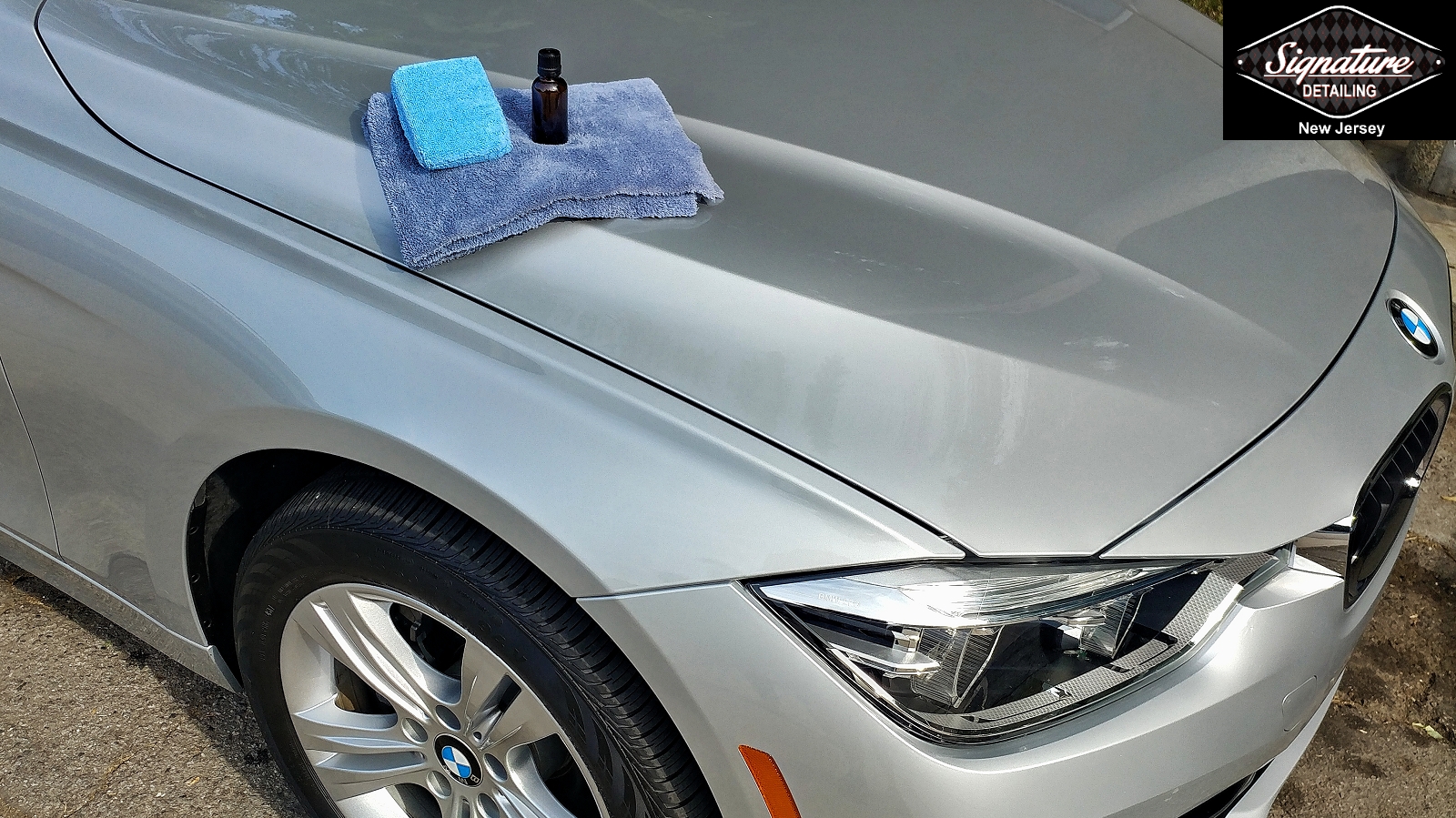Boost Your Car’s Protection with Conforti Auto and Marine Detailing Ceramic Coating
Boost Your Car’s Protection with Conforti Auto and Marine Detailing Ceramic Coating
Blog Article
Just How Detailing Porcelain Finish Improves the Longevity of Your Car's Paint
Ceramic layer has arised as a critical technology in vehicle detailing, using a lasting service for maintaining the integrity of your auto's paint. By forming a safety layer that effectively defends against UV rays, chemical stains, and ecological impurities, this innovative layer not only improves the visual appeal of the car yet also contributes to its general long life. Understanding the details of just how ceramic coating works and its advantages over typical wax can provide important understandings for auto owners. What elements should you think about prior to making the financial investment?
What Is Ceramic Covering?
Comprehending the protective advantages of ceramic finish begins with recognizing its make-up and performance. Ceramic covering is a liquid polymer used to the exterior surface areas of automobiles, mainly designed to boost and secure vehicle paint (Conforti Auto and Marine Detailing Ceramic Coating).
The finishing's application involves thorough prep work of the car's surface, which have to be without impurities, scrapes, and imperfections to make certain ideal attachment. Once applied, the ceramic coating cures to create a rigid guard that can endure numerous environmental variables, including UV rays, chemical discolorations, and oxidation.
Moreover, ceramic finishes are not merely surface-level therapies; they penetrate the paint to offer a lasting defense. This capability extends the life expectancy of the vehicle's appearances while maintaining its worth over time. Comprehending these basic aspects of ceramic finishing is essential for automobile proprietors seeking reliable options for paint conservation and enhancement.
Advantages of Ceramic Layer
The benefits of ceramic layer expand much past its standard safety attributes. Unlike standard wax or sealers, ceramic finishes produce a solid bond with the cars and truck's paint, permitting it to hold up against ecological hazards such as UV rays, acid rain, and roadway salt.
Furthermore, ceramic finishings provide hydrophobic homes, meaning they repel water and impurities. This characteristic not only makes the automobile simpler to clean but additionally reduces the regularity of washing, conserving both effort and time for auto owners. The slick surface developed by the finishing prevents dirt and crud from adhering, boosting the vehicle's total cleanliness.
Additionally, ceramic coverings improve the deepness and clarity of the paint, offering vehicles a glossy coating that is visually striking. This visual enhancement further adds to maintaining the auto's resale worth, as a well-kept outside is a significant selling factor for possible purchasers. In general, the advantages of ceramic coating make it a beneficial financial investment for anyone wanting to secure and enhance their car's paintwork.
Exactly How Ceramic Layer Works

The finishing's hydrophobic residential properties push back water and dirt, avoiding the accumulation of crud externally. This not just makes the automobile simpler to clean yet likewise decreases the possibility of scratches and swirl marks triggered by traditional cleaning techniques. Additionally, the ceramic layer acts as a guard against UV rays, which can create fading and oxidation gradually.
As soon as treated, the covering shows exceptional resistance to chemicals, including roadway salts, bird droppings, and tree sap, which can otherwise harm the paint. The go to this website durability of ceramic coatings can last for a number of years, depending on variables such as maintenance and ecological conditions. On the whole, the chemical bonding process of ceramic layers supplies a robust protection that maintains the honesty and appearance of a car's paintwork.
Contrasting Ceramic Coating to Wax
Contrasting ceramic coating to conventional wax exposes substantial differences in performance and long life. While both products aim to shield a car's paint, their structures and resilience established them apart. Wax, generally made from all-natural carnauba or artificial products, offers a momentary guard that typically lasts just a few weeks to a few months, depending upon ecological conditions and upkeep regimens.
In contrast, ceramic finishes are innovative solutions composed of inorganic products that bond chemically with the lorry's paint. This develops a robust, semi-permanent layer of protection that can withstand for numerous years. Consequently, ceramic coatings provide remarkable resistance to UV rays, chemical discolorations, and physical abrasion, significantly decreasing the danger of oxidation and fading.
In addition, the article hydrophobic homes of ceramic finishes make sure that water grains up and rolls off the surface area, making it extra hard for dust and crud to stick. This convenience of cleansing is a notable benefit over wax, which can attract dust and call for frequent reapplication. Ultimately, for car owners seeking long-lasting protection and improved visual allure, ceramic finishings provide a more effective alternative to traditional wax items.
Upkeep Tips for Durability
Proper upkeep is necessary for maximizing the long life of a ceramic covering. Use a pH-balanced auto hair shampoo to stop weakening the layer, and avoid automated auto washes with harsh brushes that can create micro-scratches.
To maintain the hydrophobic residential or commercial properties of the ceramic coating, take into consideration applying a maintenance spray or booster especially developed for ceramic layers every few months. This will certainly reinforce the protective layer and boost water beading.
Additionally, prevent revealing the coated surface area to severe environmental conditions whenever feasible. Car parking in shaded areas or making use of a vehicle cover can stop UV damages and contamination from bird droppings, tree sap, or industrial after effects.
Last but not least, inspect the finishing occasionally for signs of wear or damage. If you observe a decrease in hydrophobic habits, it might be time for a specialist reapplication. By sticking to these maintenance suggestions, automobile proprietors can significantly extend the life and efficiency of their ceramic finish, making certain that their vehicle's paint stays secured and visually appealing for many years ahead.
Conclusion

Report this page